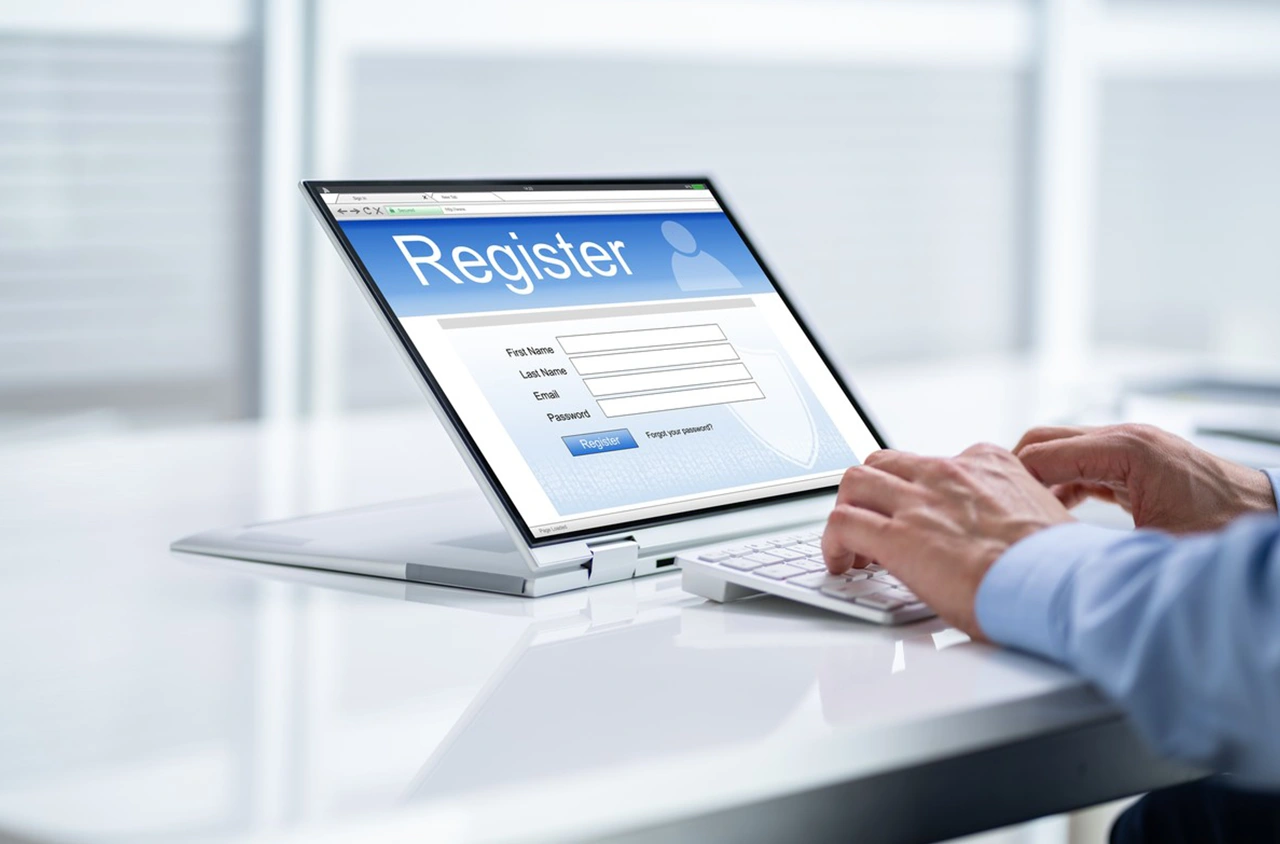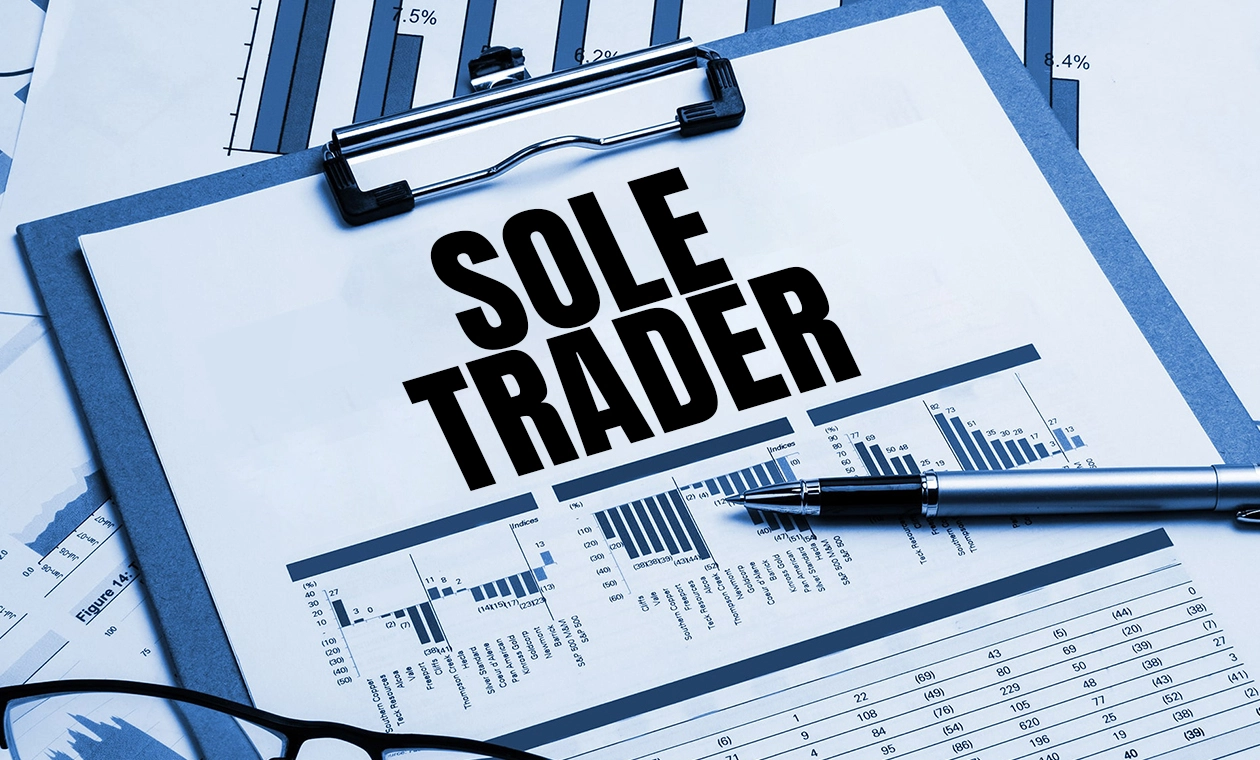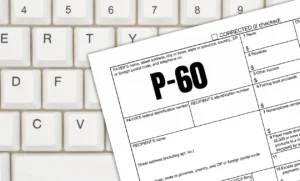Contents
Finished your Self-Assessment and see a mention of ‘Payments on Account’? These tax terms can be confusing and sometimes lead to unexpected demands on your cash flow. This guide will clearly explain what is Payment on Account, why it exists, who needs to pay, and some expert tips for reduction. Keep reading to find out.
What Exactly are Payments on Account in Self-Assessment?
Payments on Account are advance payments you make towards your next Self Assessment tax bill. Instead of paying your entire tax bill for the year in one go after the tax year ends, HMRC asks certain taxpayers to pay roughly half of their expected bill in two installments during the tax year itself.

Why Does HMRC Ask for This?
Paying tax before the year is over can seem strange. But there is a logic behind it from HMRC’s perspective, which can actually benefit you:
- Helps You Spread the Cost: For many self-employed people and landlords, tax bills can be substantial. Payments on Account break down your liability into more manageable chunks throughout the year, preventing a huge single payment shock hitting your bank account once a year. It helps smooth out your cash flow.
- Affirms Timely Tax Revenue: From HMRC’s side, it makes sure they receive tax revenue more regularly throughout the year, much like how PAYE works for employees.
Basically, HMRC looks at the tax payment you owed for your last tax year and assumes you will earn a similar amount and owe roughly the same tax in the current tax year. They then ask you to pre-pay that estimated amount in two halves.
The Key Dates for Payments on Account
There are two important deadlines you need to know for making these payments:
1st Payment Deadline: By midnight on 31st January.
This deadline is a busy one! It is not only when your first Payment on Account for the next tax year is due, but it’s also the deadline for filing your online Self-Assessment return and paying any tax still owed (the ‘balancing payment’) for the previous tax year. This combination is why the January payment can sometimes feel larger than expected.
2nd Payment Deadline: By midnight on 31st July.
This payment is usually simpler. It is just the second half of your estimated bill for the current tax year.
Who Needs to Make Payments on Account?
Payments on Account are not something everyone doing Self Assessment has to worry about. HMRC has specific criteria to determine who needs to pay tax in advance this way.
The Main Criteria: HMRC’s Checklist
You will need to make Payments on Account if both of the following conditions applied to your last Self-Assessment tax return:
1. Your tax bill was more than £1,000: If the total amount of Income Tax and Class 4 National Insurance you owed for the previous tax year came to £1,000 or less, you generally won’t need to make Payments on Account for the current year.
2. Less than 80% of your tax was collected ‘at source’: ‘Collected at source’ means tax that was already deducted automatically before you received the income. The most common example is tax deducted by an employer through the PAYE (Pay as You Earn) system, or tax deducted from a private pension.
a. If you had significant income where the tax wasn’t automatically deducted (like profits from self-employment or income from renting out property), and this untaxed income made up the bulk of your tax bill (meaning less than 80% of your total tax due was covered by deductions like PAYE), then you are likely to fall into the Payments on Account system.
For those working in the construction industry, tax deductions are also collected automatically under the Construction Industry Scheme (CIS).
Simple Checklist: Do You Need to Pay?
Let’s make it really simple. You need to make Payments on Account if BOTH of these statements are true for you based on your last tax return:
- My Self-Assessment tax bill (Income Tax + Class 4 NICs) was over £1,000.
- AND less than 80% of that total tax bill was paid through deductions like PAYE (meaning most of it was related to income like self-employment or rental profits).
If you can tick both boxes, then you should expect to make Payments on Account. Your Self Assessment calculation (known as the SA302) from HMRC should clearly show if Payments on Account are due and how much they are.
Who Does Not Make Payments on Account?
Based on the above, you will not need to make Payments on Account if:
- Your last Self Assessment tax bill was £1,000 or less. OR
- You owed more than £1,000 in tax, BUT most (80% or more) of that tax was already deducted automatically through PAYE or similar schemes.
The last point often applies if you have a main job as an employee but also have a small amount of side income from self-employment or property.
How HMRC Calculates Your Payments on Account
The good news is, it’s not a complex formula they pull out of thin air each time. Your Payments on Account are primarily based on one key figure: your total tax bill from your previous Self Assessment tax return.
Here’s the basic calculation:
Total tax bill from your last Self Assessment tax return ÷ 2 = Amount for each Payment on Account.
Simple, right? They take the amount of tax and Class 4 National Insurance you owed for the year you’ve just filed for and split it in half. Each half becomes one of your Payments on Account for the next tax year.
Let’s walk through an example to make it crystal clear:
Suppose you have just filed your Self-Assessment tax return for the 2024/25 tax year (the one that ended on 5th April 2025). Let’s say your total tax bill for that year came to £3,000.
Based on this £3,000 bill, HMRC will calculate your Payments on Account for the next tax year (2025/26) like this:
- Your first Payment on Account for the 2025/26 tax year would be £1,500 (£3,000 divided by 2). This payment is due by midnight on 31st January 2026.
- Your second Payment on Account for the 2025/26 tax year would also be £1,500. This payment is due by midnight on 31st July 2026.
So, in this example, by the end of July 2026, you would have paid a total of £3,000 in Payments on Account towards your estimated tax bill for the 2025/26 tax year.
An Important Note on Balancing Payments
Please understand that the 31 January deadline can involve more than just your first Payment on Account for the upcoming tax year.
When you file your Self-Assessment return by the 31 January deadline, you are also required to pay any remaining tax you owe for the previous tax year. This is known as a ‘balancing payment’.
This means your payment on 31st January often consists of both:
- Your balancing payment for the tax year you just filed (e.g., any remaining tax for 2024/25).
- Your first Payment on Account for the next tax year (e.g., half of your estimated tax for 2025/26).
This combination can sometimes make the January payment feel particularly large and is a common point of confusion and stress for taxpayers.
Is Payment on Account Compulsory?
This is a question we hear a lot. it often comes with a sense of surprise or dread. Having gone through the complexities of filing your tax return, finding out you might have to make payments before the next tax year even finishes can feel unfair or unnecessary.
Here is what you need to keep in mind:
If you meet HMRC’s criteria i.e. your last Self-Assessment tax bill was over £1,000 and less than 80% was collected at source via PAYE, then yes, making Payments on Account is a legal requirement set by HMRC. It is not optional.
Think of it as part of the standard process for managing tax when a significant portion is not deducted automatically throughout the year.
Ignoring or failing to make your Payments on Account by the deadlines (31st January and 31st July) can lead to consequences. HMRC will start charging interest on the overdue amount immediately from the day after the deadline.
What if Your Income Drops? Reducing Your Payments on Account
Payments on Account are based on your previous year’s tax bill. However, if you expect your income (and therefore your tax bill) for the current year to be lower, you don’t have to pay the amount HMRC calculated. You can ask HMRC to reduce your Payments on Account.
You can do this:
- When you file your Self Assessment tax return.
- Through your HMRC online account.
- By using form SA303.
Note: When reducing payments, your tax bill must be estimated carefully. If the payments are reduced too much and your actual tax bill for the year ends up being higher than the reduced amount you paid, HMRC will charge you interest on the underpaid amount from the original payment deadlines.
What to do if You Cannot Afford Payment on Account
Facing a tax payment you cannot afford can become stressful. However, ignoring the problem will only lead to interest and potential penalties.
Here’s what you should do if you can’t afford payment on account:
- Contact HMRC Immediately: Call or use their online service before the due date to discuss a ‘Time to Pay’ arrangement. This lets you set up a plan to pay in instalments over time.
- Check if You Can Reduce: Has your income dropped significantly? You might be able to legitimately reduce your Payments on Account based on lower expected earnings for the year (refer back to Section VI). Also, quickly check your calculation for any simple errors.
- Plan for the Future: If affordability is an issue, think about setting aside money regularly throughout the year for tax – good budgeting prevents future stress.
Quick Note: Corporation Tax Payments on Account
Whilst this guide primarily focuses on Payments on Account for Self Assessment (which applies to sole traders, partners, and landlords). A similar concept exists for Corporation Tax.
This applies specifically to limited companies, not individuals or partnerships filing Self-Assessment.
Generally, companies only need to make Payments on Account for Corporation Tax if their annual taxable profits are over £1.5 million. If the company is part of a group, this threshold is divided among the active companies in the group. (Note: This is a general guide, and rules can change slightly).
Similar to Self-Assessment, these are advance payments towards the company’s expected Corporation Tax bill for the financial year. However, the system works differently. The payments are made in installments before the company’s accounting period ends, and the payment dates depend on the company’s year-end.
Are Tax Payments on Account the Same as Business ‘Payments on Account’?
Sometimes, financial terms can have slightly different meanings depending on the context. “Payment on account” is one of those phrases you might hear used in a general business sense as well as by HMRC.
In the context of general business or invoicing, a “payment on account” refers to a partial payment or a deposit made by a customer towards an outstanding invoice or a larger project.
For example:
- A designer might ask for a 50% payment on account before starting a large project.
- A builder might receive stage payments on account as work progresses on a renovation.
In this business sense, a payment on account helps the seller’s cash flow and reduces the amount owed by the customer (the accounts receivable for the seller, accounts payable for the buyer).
Top 5 Tips for Managing Your Payments on Account
Here are practical steps to help you manage your Payments on Account more smoothly:
- Budget & Save Regularly: Do not wait for the deadline. Estimate your potential tax bill throughout the year and set aside a percentage of your income into a separate savings account specifically for tax.
- Use Accounting Software: Track your income and expenses easily. This helps with accurate tax return filing and better estimation of your future tax bill and Payments on Account. Check out our recommendations for top 9 cash flow management software.
- Maintain Excellent Records: Accurate records are essential for filing a correct tax return, which directly impacts the calculation of your Payments on Account.
- File Your Tax Return Early: Filing as soon as the tax year ends gives you early certainty about your tax bill and the exact amount of your upcoming Payments on Account, allowing you more time to plan.
- Get Professional Support: If you are unsure with your Payment on Account, do not hesitate to contact our expert advisors. We are here to help with tax planning, calculations, cash flow, and dealing with HMRC.
FAQs
What happens if I pay too much via my Payments on Account? Can I get a refund?
If your final tax bill is less than the Payments on Account made, HMRC will refund the difference after you file your Self-Assessment return. You can also ask for it to be used against future tax bills.
How will my Payments on Account show up on my tax calculation (SA302)?
Your SA302 will show your total tax due for the year, then list the Payments on Account you have made for that year and deduct them to show any remaining balancing payment or overpayment.
My income has increased this year compared to last year. Do I need to pay more than the calculated Payments on Account?
HMRC does not automatically increase your Payments on Account mid-year based on higher earnings. You’ll pay based on last year’s bill. However, be prepared for a larger ‘balancing payment’ next January, and your Payments on Account for the following year will be higher.
What happens to my Payments on Account if I stop being self-employed or become employed (PAYE) during the tax year?
You still owe the calculated Payments on Account for the current tax year (based on last year’s income). You can reduce them if your income genuinely drops to zero or near zero. If over 80% of your tax is covered by PAYE next year, you likely won’t need to make Payments on Account for that following year.
Can I choose to pay more than the required Payment on Account amounts?
Yes. You can make extra payments at any time. Any amount you pay over the required Payments on Account will count towards your final tax bill for the year, potentially reducing the balancing payment due in January.
Plan Proactively with Legend Financial
HMRC Payments on Account can strain your cash flow if you are unprepared. Based on last year’s income, these advance payments hit twice a year, adding stress to managing your business finances. Understanding “what is Payment on Account” is the first step towards unlocking control.
Legend Financial specialises in helping UK small business owners like you understand HMRC requirements and build effective financial strategies. Gain confidence over your tax payments. Contact Legend Financial today for expert support.












